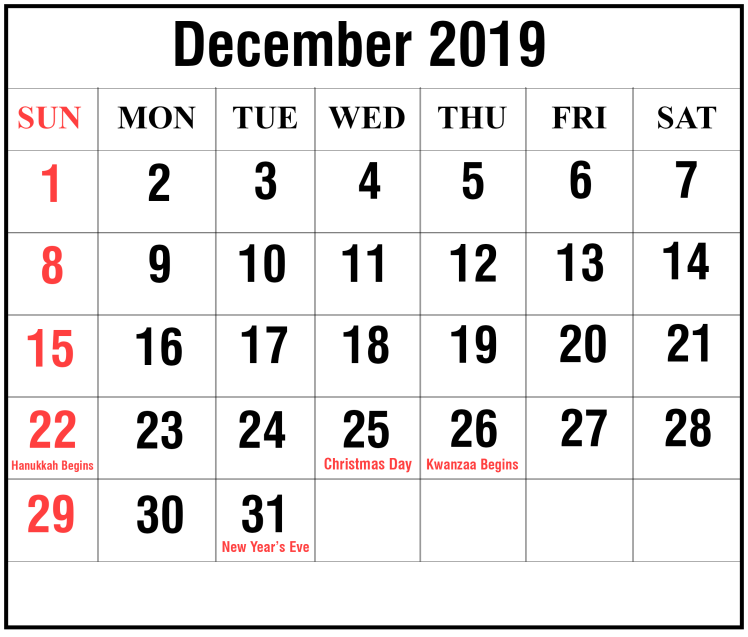The calendar monthly precession of the vernal equinox from the solar’s entry into Aries to a few point in Pisces, with similar consequences for the summer solstice, autumnal equinox, and iciness solstice, has led to two exceptional strategies of calculating the saṃkrānti (entry) of the sun right into a signal.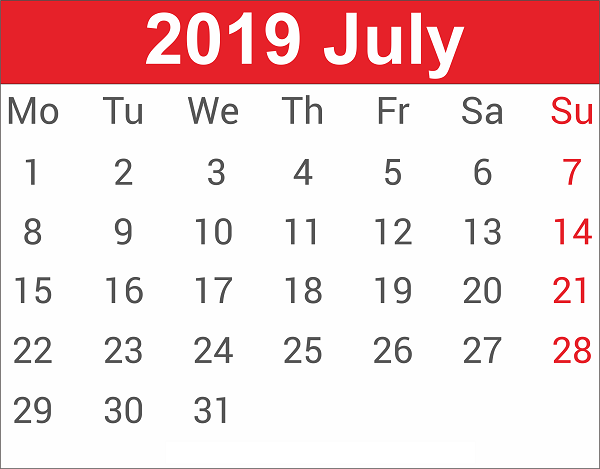
The precession (ayana) isn’t always accounted for in the nirayana machine (without ayana), which consequently dates the actual saṃkrānti effectively however identifies it wrongly with the equinox or solstice, and the sāyana machine (with ayana), which accordingly dates the equinox and solstice efficiently but identifies it wrongly with the saṃkrānti. even as the solar device has intense importance for astrology, which, it’s far claimed, governs someone’s lifestyles as an person or a part of a social system, the sacred time continues to be reckoned by the lunar nakṣatra gadget.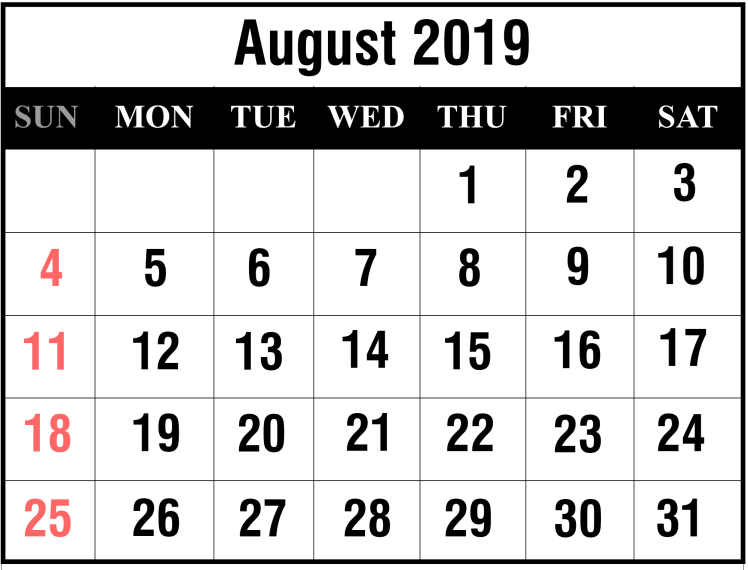
The lunar day (tithi), a 30th a part of the lunar month, remains the fundamental unit. as a result, because the lunar month is simplest approximately 29 1/2 sun days, the tithidoes not coincide with the herbal day (ahorātra). The convention is that tithi is in force for the natural day that took place to occur at the dawn of that day. consequently, a tithi starting after sunrise in the future and expiring earlier than sunrise the next day is removed, not being counted in that month, and there may be a smash inside the day series.
The names of the nakṣatras, to which correspond the tithis in the month-to-month lunar cycle and segments of months in the annual sun cycle, are derived from the constellations on the horizon at that time and feature remained the equal. The names of the months have modified: Caitra (March-April), Vaiśākha (April-may additionally), Jyaiṣṭha (might also-June), Āṣāḍha (June-July), Śrāvaṇa (July-August), Bhādrapada (August-September), Āśvina (September-October), kārttika (October-November), Mārgaśīrṣa (November-December), Pauṣa (December-January), Māgha (January-February), and Phālguna (February-March).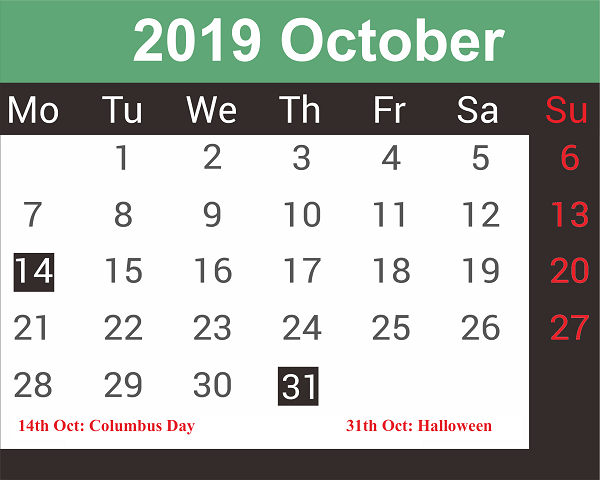
on this calendar the date of an occasion takes the following form: month, fortnight (both waning or waxing Moon), name (normally the range) of the tithi in that fortnight, and the 12 months of that generation which the writer follows. identification, especially of the tithi, is frequently pretty complicated, since it requires information of the time of sunrise on that day and which 30th of the lunar month became in pressure then.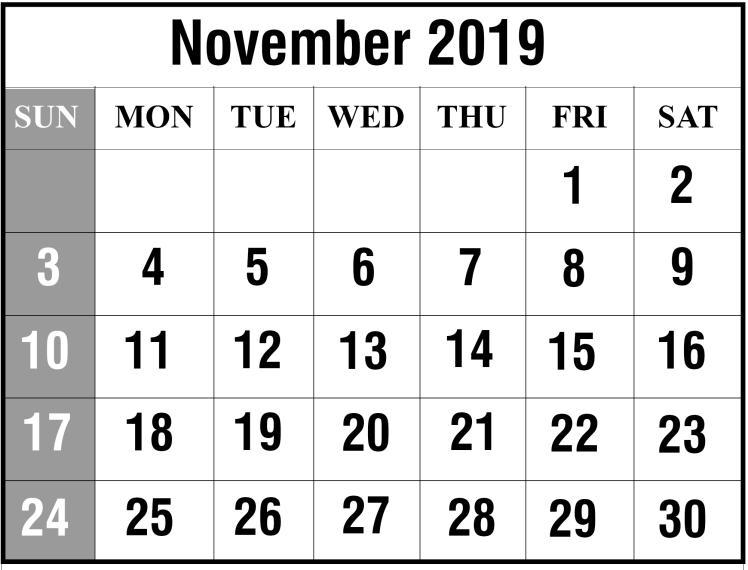
in the end, India also adopted the seven-day week (saptāha) from the West and named the times after the corresponding planets: Sunday after the sun, ravivāra; Monday after the Moon, somavāra; Tuesday after Mars, maṅgalavāra; Wednesday after Mercury, budhavāra; Thursday after Jupiter, bṛhaspativāra; Friday after Venus, śukravāra; and Saturday after Saturn, śanivāra.